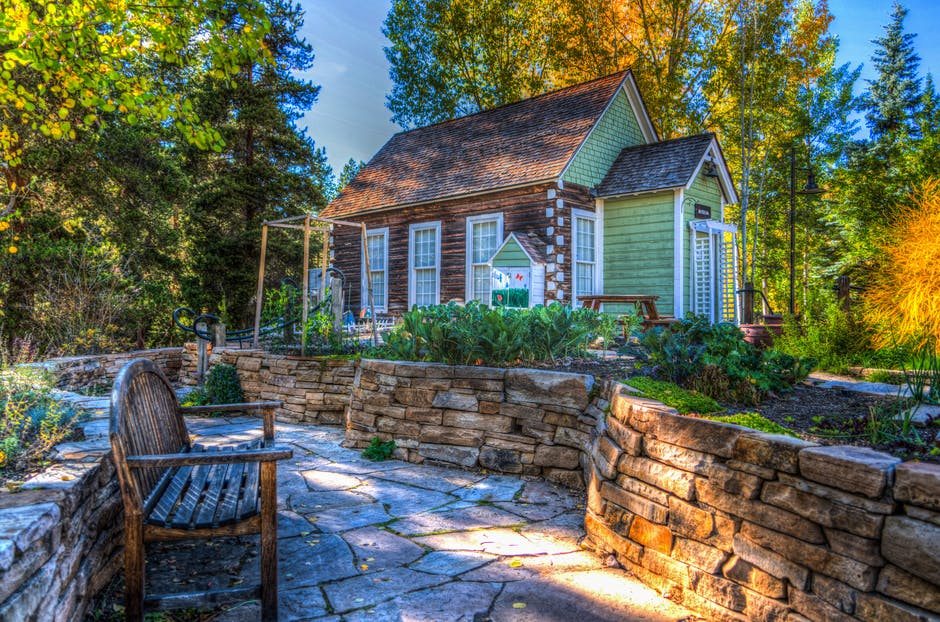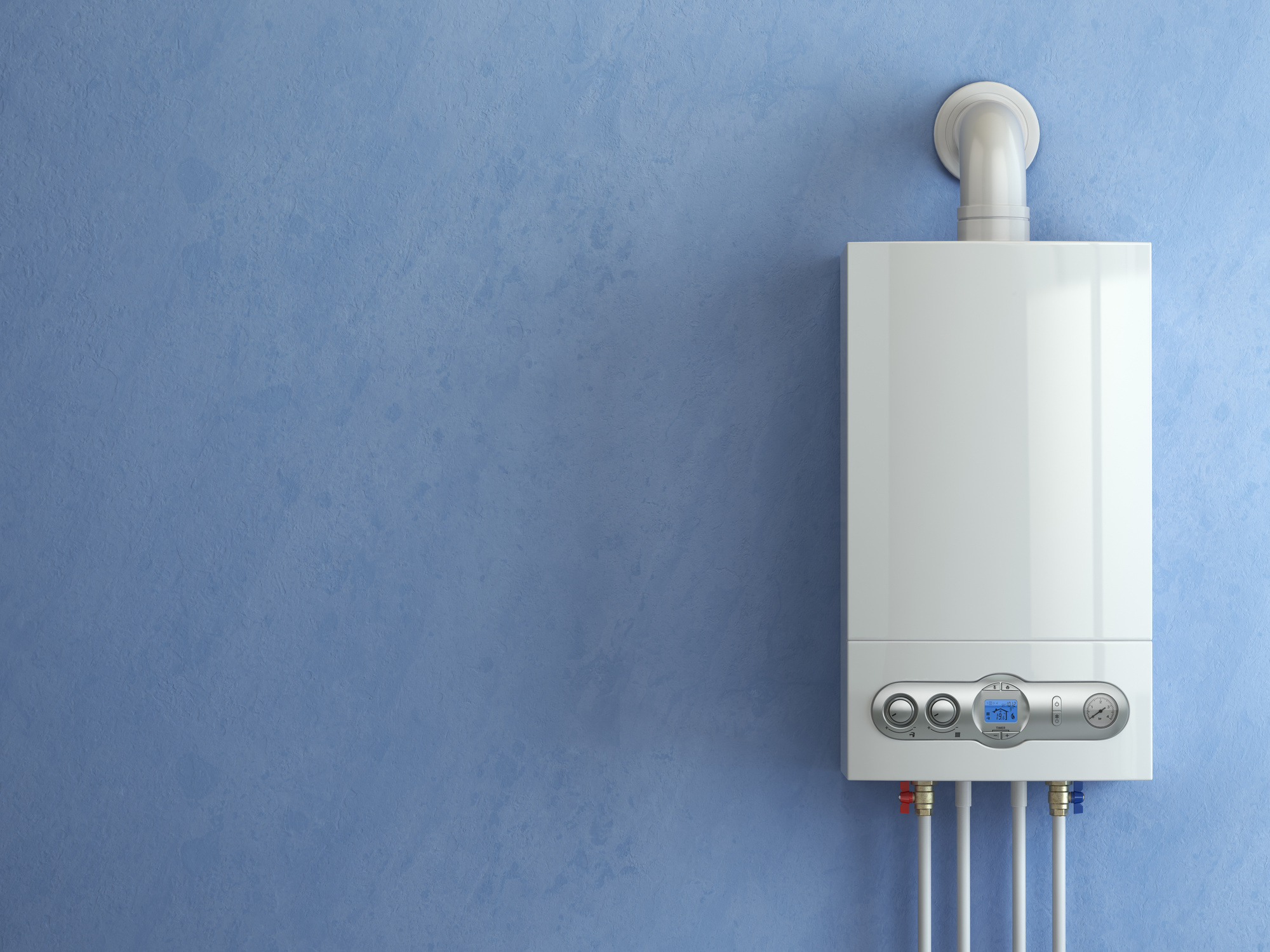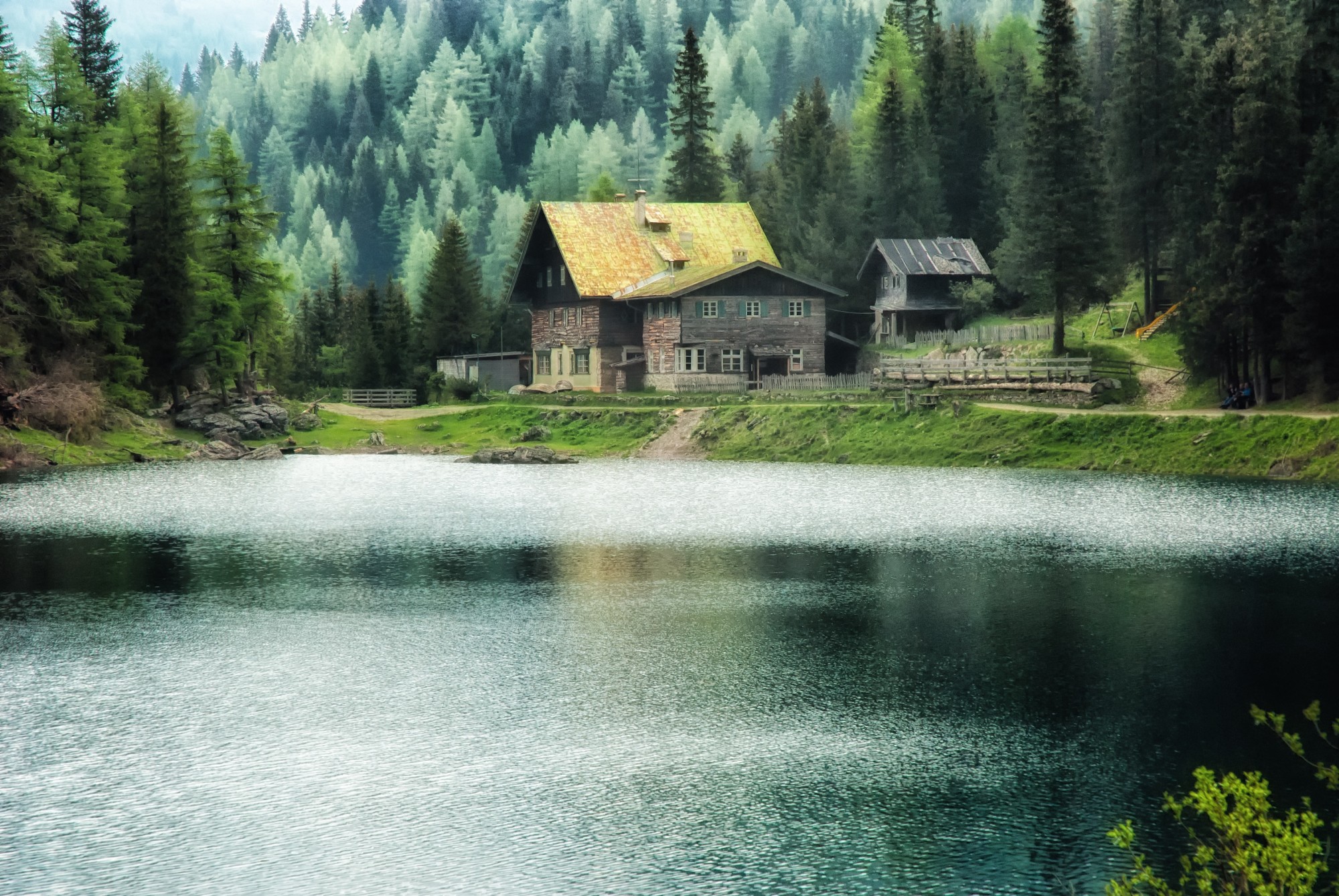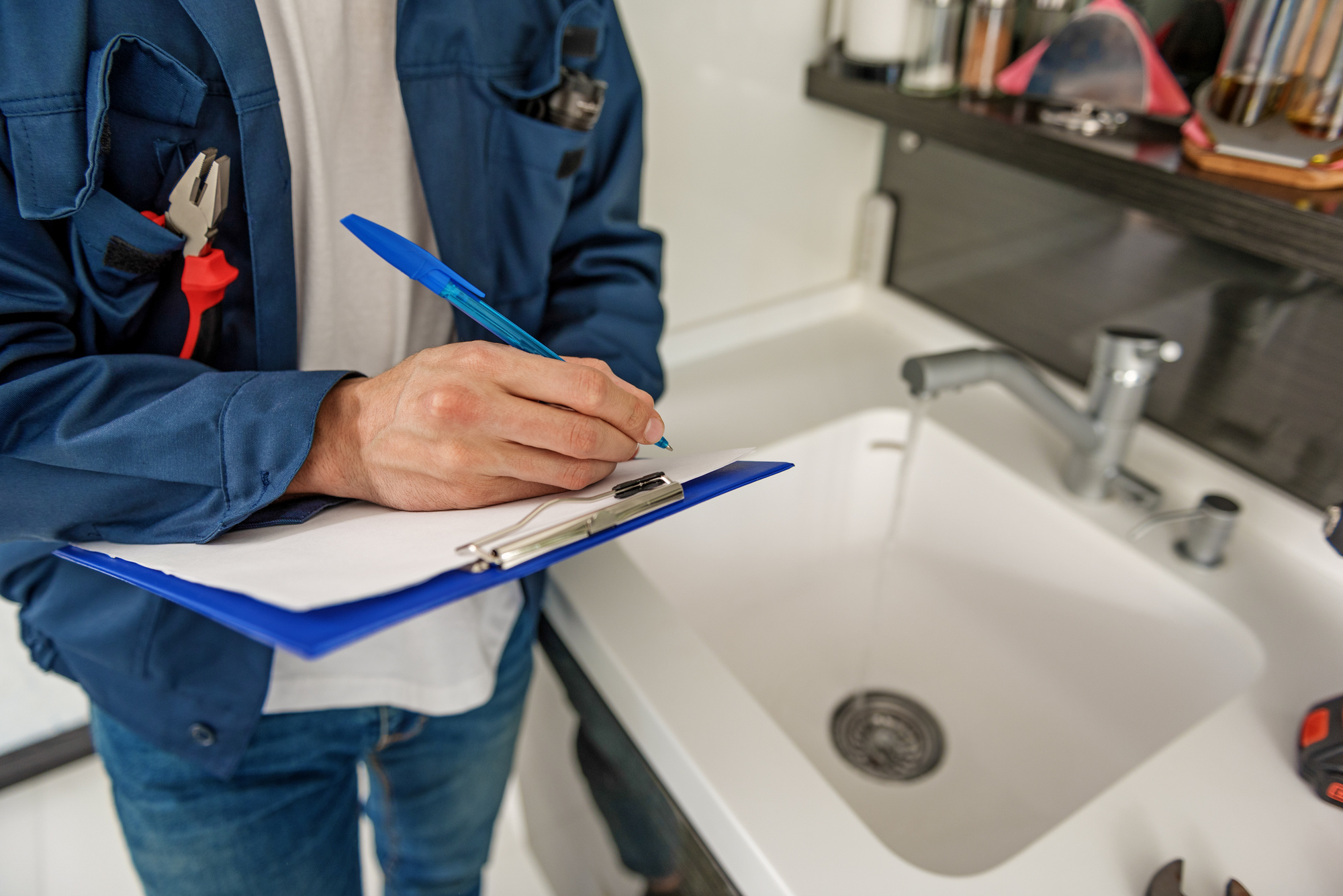Did you know that two-thirds of homeowners user their outdoor spaces for relaxing?
If you have an outdoor space, it’s only natural that you’d want to enjoy it! There are endless ways to style your outdoor space, whether you want a lush garden or trendy patio space.
Vintage gardens are particularly trendy right now, especially if you are aiming for a farmhouse-style home. But what’s the best way to design a vintage-style garden?
We’re here to help you out! Keep reading the guide below for five vintage garden decor ideas!
1. Metal Sculptures
There’s something about metal sculptures that scream rustic. They’re the perfect ornament for walkways and patios.
If you check out your local antique shop, you’re sure to find a metal sculpture that strikes your fancy. Many vintage metal sculptures are modeled after animals, but you can always make your own with scrap metal if you can’t find one you like!
2. Practical Vintage Garden Decor Ideas: Chairs
Wire-framed chairs are a popular choice for vintage lawn decor. They are sturdy and the perfect size for a small to medium-sized planter. Succulents are an excellent plant to pair with wire-framed chairs.
Not only can you use vintage chairs as unique planters, but you can also pair them with a retro table to create a cozy sitting area. For truly one-of-a-kind vintage design, consider bamboo folding chairs. These are perfect for anyone looking for a simple, outdoorsy design.
3. Vintage Water Feature
If you’re enamored with Italian water gardens, why not bring some of that flair into your own garden? A vintage water feature is a great way to bring some water into your garden without carving out room for a pond.
If you want something really dramatic, a vintage water fountain is a right move. However, if you’re looking for more lowkey vintage garden decor ideas, opt for a vintage birdbath.
4. Vintage Decor for Evening Garden Parties: DIY Lanterns
LED fairy lights have become trendy as an accessory to drape over pergolas and hang around patios. If you like the concept of fairy lights but want a more rustic feel, DIY your own little lanterns.
Vintage lanterns can be easily made with mason jars. Making your own custom lanterns opens you up to many possibilities, from hanging lanterns with tealight candles to sitting lanterns with battery-run LED lights.
5. Vintage Planters
You can use any number of vintage pieces as planters. Some of the most popular pieces are bicycles with baskets, clawfoot bathtubs, and rustic wheelbarrows.
If you want a smaller planter, seek out some vintage fruit boxes. They make excellent hanging window box planters.
For more traditional planters, use vintage metal buckets. If you want to add even more vintage charm, position small metal buckets on alternating steps of an old ladder. Add some creeping ivy around the ladder, and you have the perfect vintage garden centerpiece!
Creating a Vintage Garden Dream
With an abundance of online and in-person stores selling antiques and refurbished decor, it’s never been easier to create a vintage-inspired garden! The guide above will help you as you search for vintage garden decor ideas and plan your own dream landscape design!
For more articles on home and garden design, check out the rest of our website!








